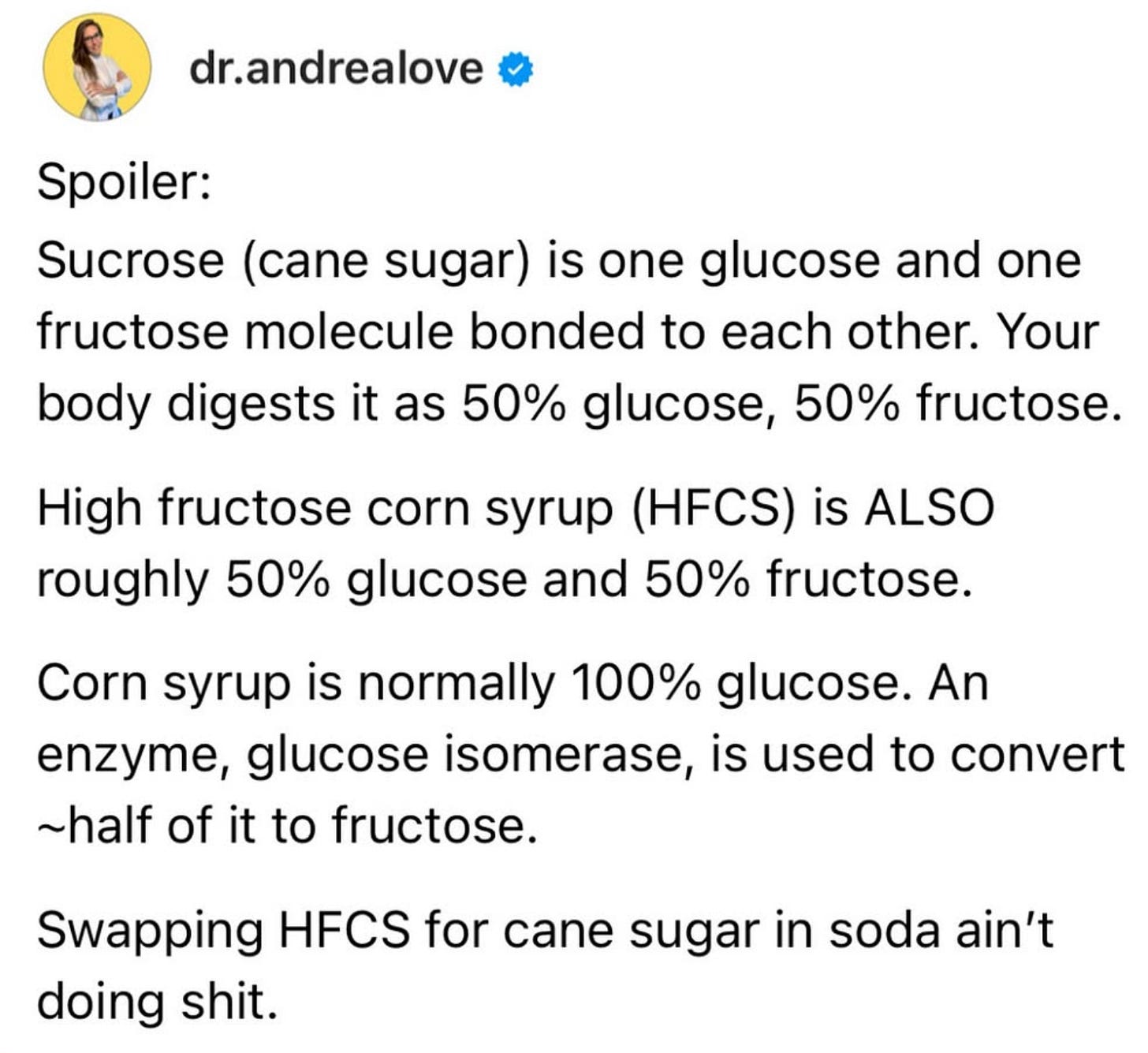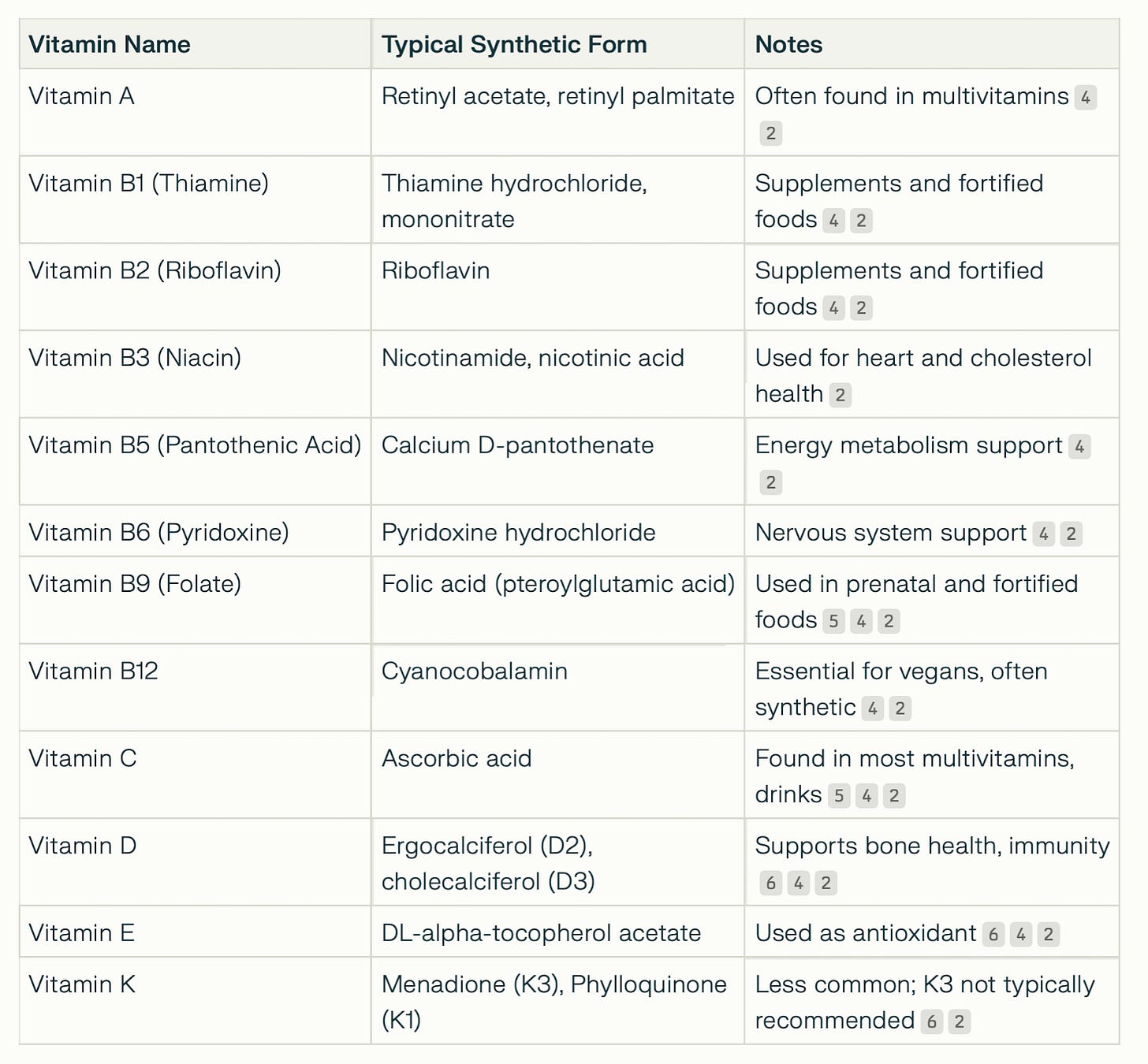The list is impressive.
New therapies using advanced CRISPR technologies are entering clinical pipelines. These innovations signal potentially curative approaches for genetic disorders, cancers, and certain viral infections.
mRNA platforms are being rapidly adapted for diseases beyond COVID-19, such as influenza, HSV, and HIV. There’s also recombinant vaccine technology, which is being developed for universal influenza and tuberculosis vaccines. A rollout of dengue fever vaccines could soon begin in Brazil, Indonesia, and Thailand.
The biggest news might be breakthroughs in cancer immunotherapy through therapeutic vaccines. Multiple platforms are in clinical trials, showing promising early results in solid tumors and hematologic cancers.
This short list of potential breakthroughs would normally be championed by a science-forward public health agency—and there are many more therapeutics in development worthy of mention.
Instead, this is America.
The administration might have our southern border on lockdown, but they sure seem excited about bringing Mexican Coke to our hallowed lands.
After Trump’s recent celebration about Coca Cola rolling out “real” sugar, the corporate behemoth announced that it will indeed release a new product this fall. This drink won’t replace high-fructose corn syrup, however. That will still be available.
Bigger point: there’s no functional difference in how our bodies convert these types of sugars.
So far, every MAHA “win” has been performative and will result in a negligible impact on health. That didn’t stop the White House from publishing their own list last week.
Fun fact: there’s no petroleum in food dyes. It is used in the production process. Petroleum supplies carbon skeletons that become the basis for synthetic dyes. Extensive processing transforms crude oil byproducts into safe, colorful, and stable dye molecules. Finished dyes are chemically distinct from petroleum. And they’re highly purified before entering our food supply.
Funner fact: the process for making synthetic vitamin supplements is chemically similar to food dyes. Petroleum is only a starting point. The final product also contains no petroleum.
That hasn’t stopped a wave of MAHA influencers from championing the removal of synthetic food dyes while selling supplements manufactured through the same chemical processing. It’s not like they’re hiding it. Just look at their product labels and match them against this chart of common synthetic vitamins.
Why do “natural healing” influencers use synthetics? They’re cheaper. Bigger profit margin. They’re also less likely to cause allergic reactions, a big issue with this whole “natural dyes are better” fallacy. But mostly, profits.
You can’t monetize public health. But you can monetize supposedly natural products by stoking fears in chemical products, even if what you’re selling is beholden to the same laws of chemistry and produce the same outcomes.
Which is the exact sleight of hand we’ve come to expect from Kennedy’s HHS. His social media feed, and those of the departments under his purview, are blasting out “wins” like the above on a daily basis.
A great marketing technique if you’re trying to distract people from the fact that our health agencies are being gutted and, from what I can tell, a whole wave of public-private partnerships with wellness companies is speeding toward us.
Which is great for them. Our health, not so much.










Thanks for this, Derek! The problem with HFCS isn't that it's unhealthier than sugar, it's just that it's cheapness means that companies can put lots of it in everything, and the spike/crash cycle from eating sugar harms the immune system. The corn subsidies distort the actual cost. Radically higher prices for sweeteners would create healthier behaviors (you know all this, of course). Keep up the good work.